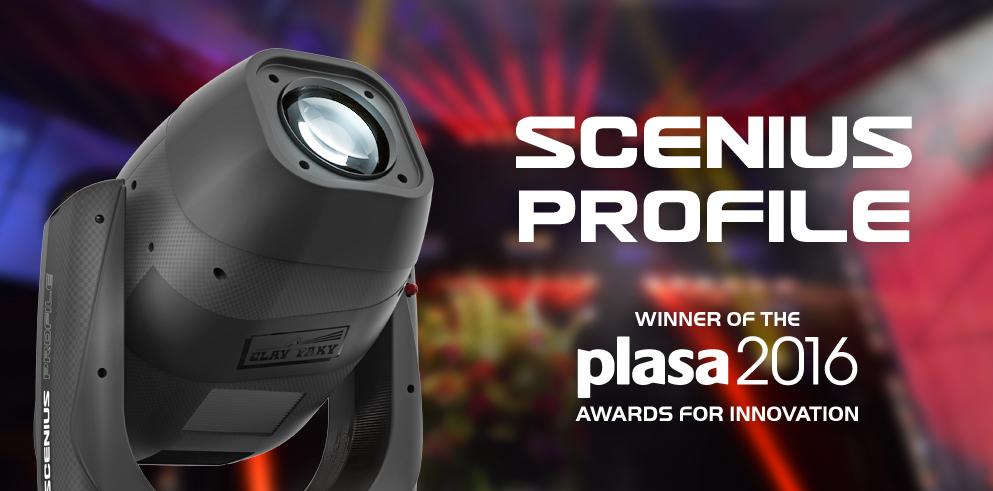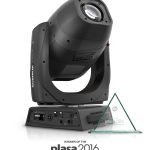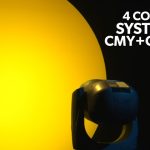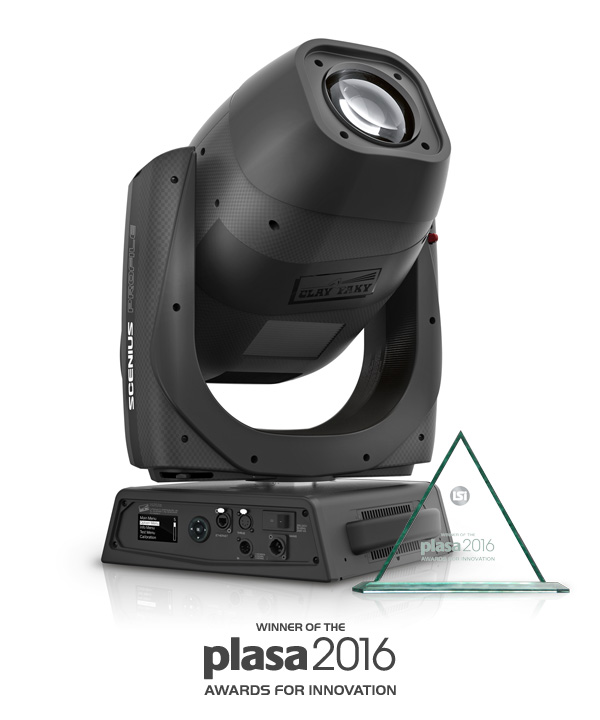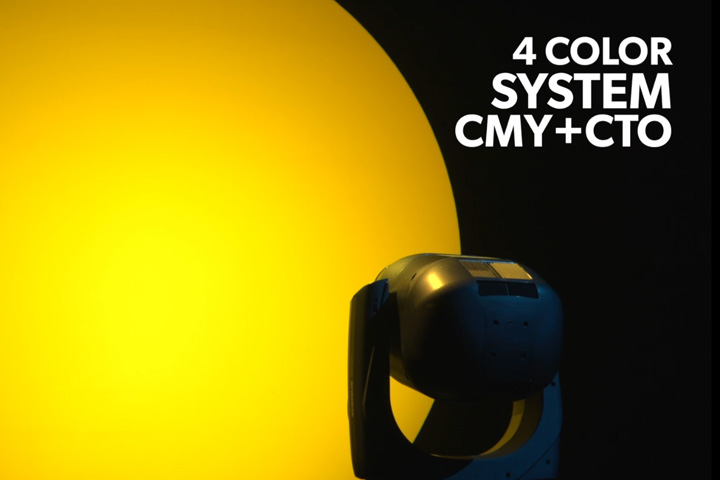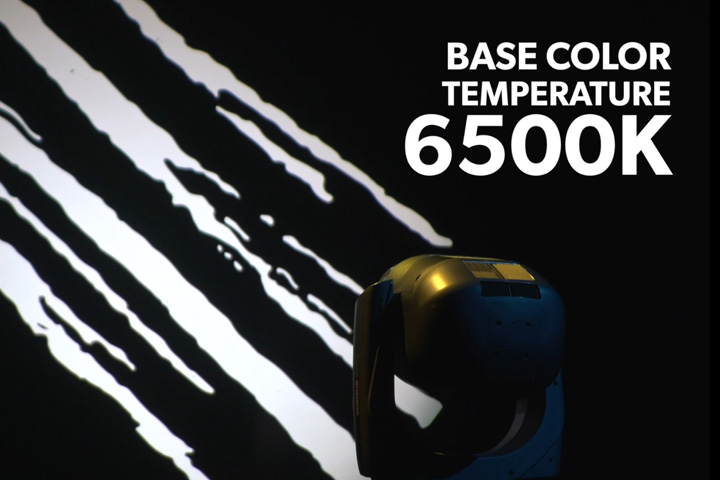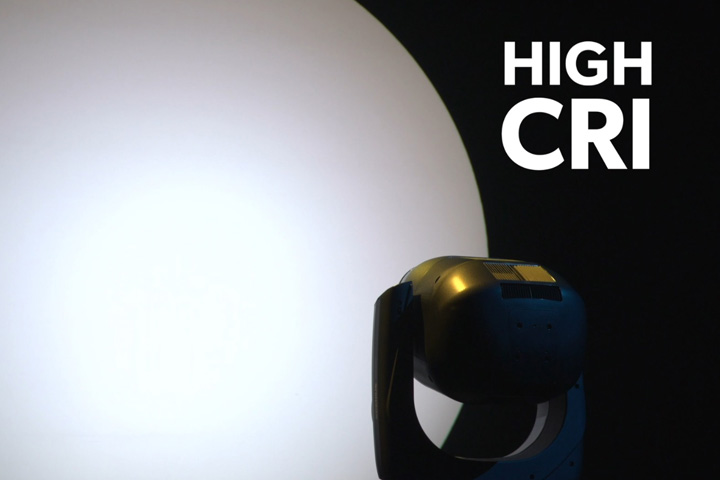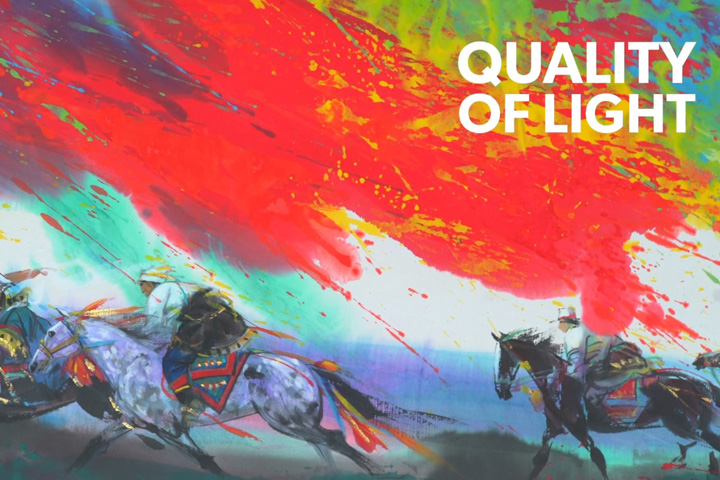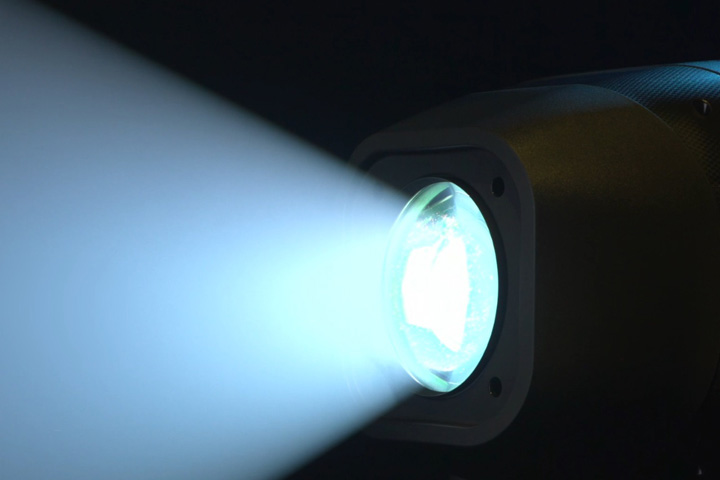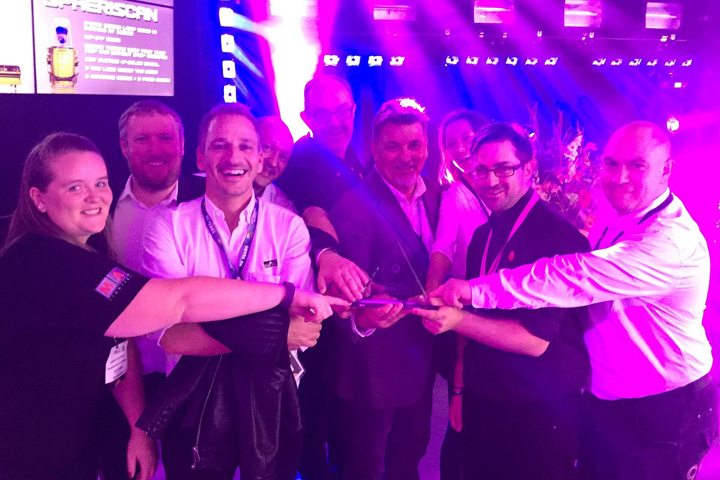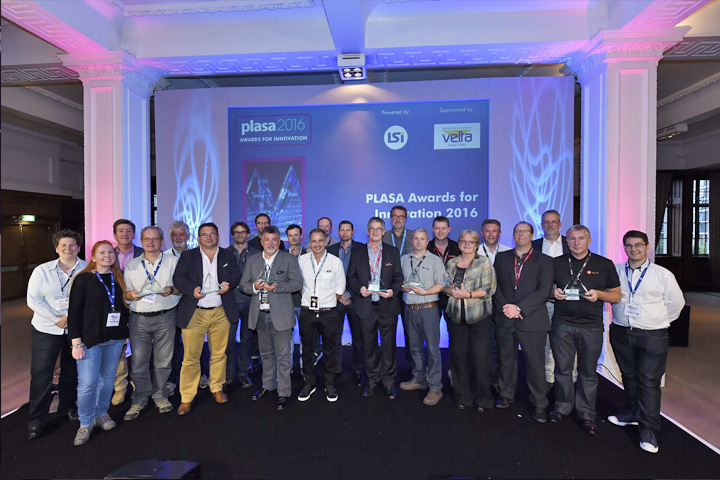A few days from its 40th anniversary, Clay Paky won the Plasa Award for Innovation with the Scenius Profile. The judges stated that “this product’s innovation reaches from the lamp and reflector all the way through the optical path.” This is pretty much the acknowledgement Clay Paky’s technicians had hoped for after working enthusiastically to invent a fixture with superior light quality, with the contribution of Osram’s R&D department, which created the beautiful lamp used in the Scenius.
This award is important for several reasons:
- The Plasa Awards of Innovation are one of the most renowned, distinguished product awards in the field of entertainment. They are assigned by a strict jury consisting only of expert professionals, who study the product carefully in every detail and assess it through an in-depth meeting at the manufacturer’s booth.
- Innovation is one of the core values that underpin Clay Paky: all the company’s design and manufacturing processes hinge around innovation.
- Scenius Profile was the only light in the lighting area to receive the award among a large group of competitors and well known brands.
A PRODUCT THAT STEMMED FROM AN INTEGRATED QUALITY PROJECT
Pio Nahum, Clay Paky CEO, is more than just satisfied: “The Scenius stems from a joint integrated project involving Clay Paky and Osram together. The primary objective we set ourselves was to give our most demanding customers a light that stood out not so much for its wealth of devices and special effects, but for the “quality of its light”. This is a hard parameter to define, since it is closely tied to perception. In this case, Clay Paky had to put itself totally in the shoes of its customers, even more so than for most other projects”.
Long, careful research has led to the conclusion that “light quality”, for those working primarily in the theatre and TV, is a combination of several factors, including diffusion uniformity, colour temperature, degree of colour control, and – especially – a high colour rendering index. To work on these parameters, and particularly to take real control over them, also according to the varying needs of each show, the light and lamp design projects have to be managed in a fully integrated way.
“This is precisely what we did for the Scenius Profile,” Nahum said, “thanks to the cooperation between Clay Paky and Osram. This cooperation is optimized by the fact that Clay Paky (which manufactures the fixtures) is part of the Osram group (which manufactures the lamps), a unique example of supply-chain integration in our industry.”
THE SCENIUS IN THE LIGHTING DESIGNER’S DAILY WORK
But let us get down to the nitty-gritty: where does the Scenius really stand out and how does it support lighting designers better in their every day work? The most obvious answer is that the Scenius, thanks to the extremely high quality of its light, may be used in all shows, not just as an effects projector, but also as a key light. This greatly simplifies the lighting system layout since the same light can perform multiple tasks. At last, therefore, we have a moving light with a discharge lamp whose characteristics also arouse interest in those who work in the theatre and television.
THE SCENIUS’S ADVANCED TECHNOLOGY IS AT THE HEART OF ITS QUALITY
If we look at the technical details, we discover that there are at least two really new technical elements in the Scenius Profile: its lamp and its beam shaping system. The lamp is a unique example of a high power discharge lamp with high CRI (always greater than 90). OSRAM achieved this through substantial R&D investments.
The beam shaping system has always been a strong point of Clay Paky lights, but the one in the Scenius has been further improved. The blades are very thin (0.4 mm) and the distance between the blades has been reduced to just 0.1 mm. This means the user is completely free to manage the different focal planes. This framing system is therefore a jewel of micro-mechanical engineering, capable of never-seen-before, repeatable precision, with extremely low error tolerance.
The framing system’s focal plane has been designed very close to the focal plane of the gobos, which allows the two effects to work together with full control over light parameters.
The device is of course located at a point on the optical axis where the temperature is very high. However Clay Paky’s technicians have prevented any thermal deformation by using a totally new material consisting of an expensive metal alloy. On the whole, the Scenius is therefore a real step forward in technology in the industry.
